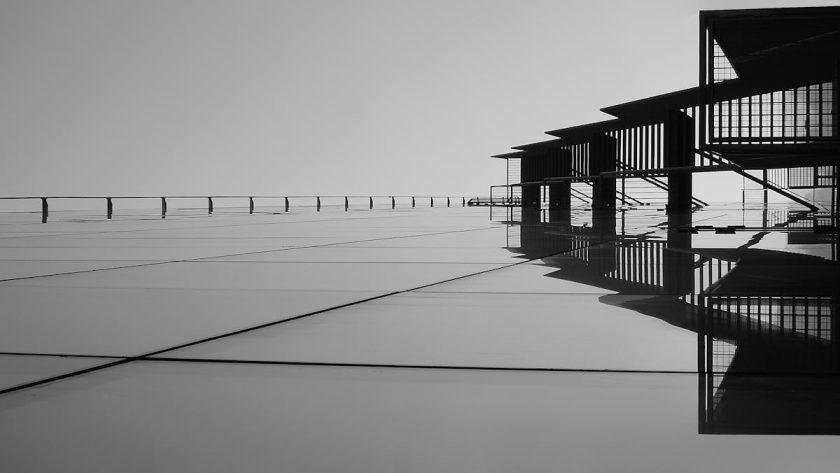From centuries-old cathedrals to futuristic skyscrapers, architecture is one of the most fascinating subjects in photography. These structures represent the ingenuity of design, the evolution of culture, and the artistic vision of their creators. But while architecture is already visually compelling, the real magic happens when it’s captured from creative angles—perspectives that challenge the viewer, reveal new details, or completely reframe the way we see the built world.
Whether you’re a professional photographer or an avid traveler with a camera in hand, photographing architecture offers endless opportunities for experimentation. And with the right techniques, you can turn even the most familiar buildings into visually arresting works of art.
Rethink Your Perspective
When photographing architecture, the natural instinct is often to stand directly in front of a structure and shoot head-on. While that can work in some cases, it’s often the unexpected perspectives that produce the most captivating results.
Try changing your point of view:
- Get low: Shooting from the ground can exaggerate scale and make the structure feel monumental.
- Shoot from above: A higher vantage point offers a fresh take, especially in cities with rooftop access or scenic overlooks.
- Look straight up: Capturing ceilings, domes, or towering buildings from directly beneath adds drama and abstract beauty.
- Play with angles: Diagonal shots or reflections in glass surfaces can add complexity and depth.
The goal is to help viewers see a structure differently than they would in passing, turning the ordinary into something extraordinary.
Use Light to Sculpt the Structure
Lighting plays a massive role in architectural photography. Harsh midday sun can flatten details, while early morning or late afternoon light casts long shadows that enhance textures and depth. For many buildings, golden hour light not only adds warmth but also emphasizes design elements like curves, lines, and patterns.
Don’t underestimate night photography either—artificial lighting, like street lamps or internal building lights, can add atmosphere and highlight architectural features that go unnoticed during the day.
Pro tip: Overcast days are ideal for modern architecture with reflective or metallic surfaces. The soft, diffused light reduces glare and allows the structure’s lines to shine.
Highlight Patterns, Symmetry, and Textures
Architecture is often built on symmetry, rhythm, and repetition. Creative photographers use these elements as compositional tools. Look for:
- Repeating windows or pillars
- Geometric tile patterns
- Curved staircases or spiral structures
- Facades with intricate carvings or modern textures
Zoom in to emphasize detail, or step back to showcase symmetry. Abstract compositions that isolate a specific architectural pattern can result in images that look more like art than documentation.
Frame Within a Frame
Framing is a clever technique to guide the viewer’s eye and add context to your architectural shots. Use arches, doorways, or natural elements like trees to create a “frame” within your photo.
This approach can also help integrate people or movement into the scene—giving the static nature of buildings a touch of life and relatability. Including a person in the frame also adds scale, helping the viewer grasp the size and grandeur of a space.
Incorporate Reflection and Shadow
Glass buildings, puddles, polished surfaces—reflections can add drama and surrealism to architectural photography. A mirrored perspective offers a chance to reimagine the space, blending structure with its surroundings.
Shadows, on the other hand, offer mood and dimension. Long shadows during golden hour or midday sun slicing through window slats can create visually striking effects that add contrast and storytelling to your shot.
Blend Architecture with People and Experiences
Architecture isn’t just about buildings—it’s about how people interact with them. Capturing individuals within architectural spaces provides a narrative layer to your images. Whether it’s tourists exploring a historic site or locals passing through a metro station, these moments breathe life into concrete, steel, and glass.
At events, creative setups often merge environment and experience. For example, incorporating architectural backdrops into an interactive photo booth rental San Diego setup allows guests to engage with their surroundings in playful, memorable ways. Whether placed in front of a grand staircase or framed by a minimalist modern structure, the result is a fusion of human expression and architectural design—an experience that’s both shareable and stylistically unique.
Edit with Purpose
Post-processing is an essential part of bringing your architectural vision to life. Straighten lines (especially verticals), enhance textures, and adjust light to highlight the structure’s most interesting features.
- Use perspective correction tools to fix distortion, especially when shooting upwards.
- Experiment with black and white to emphasize contrast and form.
- Don’t over-edit—let the architecture speak for itself.
Remember, your edit should support the story you’re telling through composition and light—not overpower it.
Conclusion
Architectural photography is about more than just capturing buildings—it’s about interpreting design, space, and human creativity through your lens. By exploring new angles, embracing light and shadow, and finding beauty in details, you can turn static structures into dynamic visual narratives. Whether you’re photographing a centuries-old cathedral, a glass-covered skyscraper, or a public space enhanced with thoughtful touches like a photo booth rental tucked into a modern venue, each moment offers a new way to reimagine the built environment. All it takes is a fresh perspective and a curious eye.

